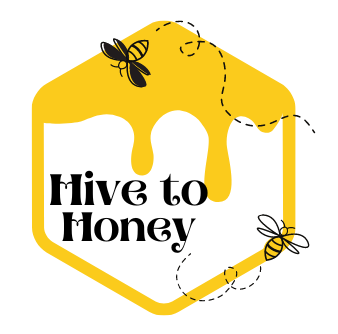Threats to honeybees and their decline
Threats to HoneyBees and Their Decline: Protecting Our Precious Pollinators
Honeybees, as essential pollinators, face numerous threats that contribute to their decline in various parts of the world. The decline of honey bee populations is a matter of great concern, as it not only affects honey production but also has severe implications for global food security and biodiversity. In this article, we will explore the major threats faced by honey bees and delve into the factors contributing to their decline. Understanding these threats is crucial for implementing effective conservation strategies to safeguard the future of honey bees and the ecosystems they support.
Threats to honeybees and their decline:
Colony Collapse Disorder is a phenomenon where entire honeybee colonies inexplicably die off or disappear. The exact cause of CCD is not fully understood, but researchers have identified a combination of factors, including pesticides, pathogens, habitat loss, and nutritional deficiencies. CCD remains a significant concern for beekeepers and scientists studying honey bee health.
Pesticides, particularly neonicotinoids, pose a significant threat to honeybees. These systemic pesticides can be absorbed by plants and remain present in nectar and pollen, which bees consume. Prolonged exposure to these chemicals can weaken honeybee immune systems, impair navigation and foraging abilities, and contribute to colony decline.
Varroa mites are external parasites that infest honeybee colonies and weaken the bees by feeding on their hemolymph. These mites can transmit viruses, further compromising the health of honeybee colonies. Other parasites, such as the small hive beetle and wax moth, can also cause damage to honeybee colonies if left unchecked.
Honeybees are susceptible to various diseases and pathogens. Nosema, a fungal disease, can affect the digestive system of bees, leading to weakened immune responses and colony decline. Viral infections, such as deformed wing virus and Israeli acute paralysis virus, can have devastating effects on honeybee colonies.
The loss of natural habitats and the fragmentation of landscapes have a significant impact on honeybees. Urbanization, agricultural intensification, and deforestation reduce the availability of diverse foraging resources for bees, limiting their access to the nutrition they need to thrive. The loss of floral diversity and nesting sites further exacerbate the challenges faced by honeybees.
Climate change poses significant threats to honeybees. It can alter the timing and availability of flowering plants, disrupting the synchrony between bees and their food sources. Extreme weather events, such as droughts and heatwaves, can weaken colonies and affect foraging patterns. Climate change also contributes to the spread of pests and diseases that impact honeybee health.
The loss of genetic diversity in honeybee populations reduces their resilience to environmental challenges. Factors such as intensive breeding practices and the spread of non-native bee populations can lead to decreased genetic diversity, making honeybees more susceptible to diseases, pests, and environmental stressors.
The threats facing honey bees are complex and multifaceted. To address the decline of honey bee populations and protect their crucial role as pollinators, it is essential to implement holistic conservation strategies. These strategies may include reducing pesticide use, promoting habitat restoration and conservation, supporting beekeeper education and best management practices, and fostering collaboration between researchers, policymakers, and beekeeping communities. By understanding and addressing the threats to honey bees, we can work towards ensuring their survival and safeguarding the invaluable services they provide to our ecosystems and food systems.
More From The Hive:
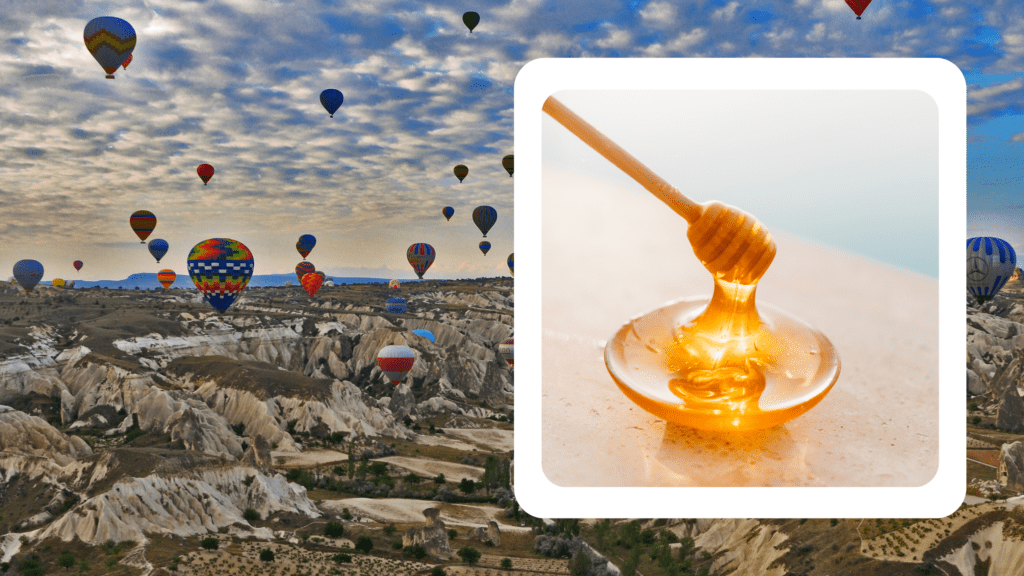
Unveiling Turkey’s Sweet Symphony: Exploring Honey Types and Varieties
Turkey, a land where ancient traditions meet breathtaking landscapes, has a rich history of honey production and a remarkable diversity of honey types. With its diverse climate zones, vast floral resources, and a strong culture of beekeeping, Turkey offers an ideal environment for bees to gather nectar and create a

Discovering Ethiopia’s Golden Treasures: A Journey Through Honey Types and Varieties
Ethiopia, a land known for its rich history, vibrant culture, and breathtaking landscapes, is also celebrated for its diverse and high-quality honey production. With its lush forests, fertile valleys, and vast floral resources, Ethiopia offers an ideal environment for bees to thrive and create a wide range of honey types.

Getting Started with Beekeeping: Essential Equipment and Supplies
Starting your journey as a beekeeper is an exciting endeavor that allows you to connect with nature, support pollinators, and reap the rewards of honey production. To set yourself up for success, it’s crucial to have the right equipment and supplies. In this blog, we will guide you through the
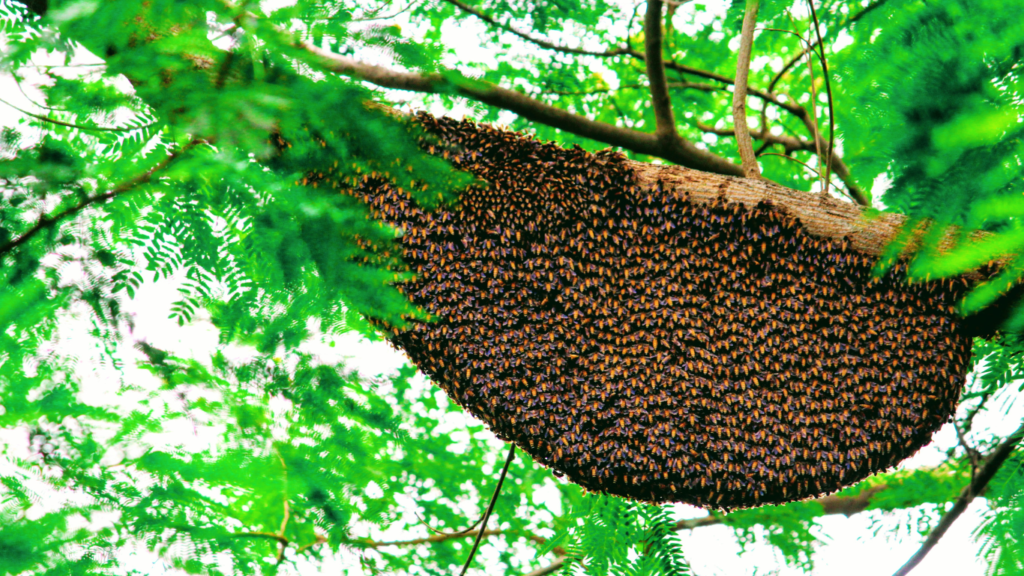
Choosing the Right Hive: Exploring Different Beehive Types
Selecting the right beehive is a crucial decision for beekeepers. The beehive serves as the home for your honeybee colony and plays a vital role in its success and productivity. With various hive types available, it’s important to understand their unique characteristics and suitability for your beekeeping goals. In this
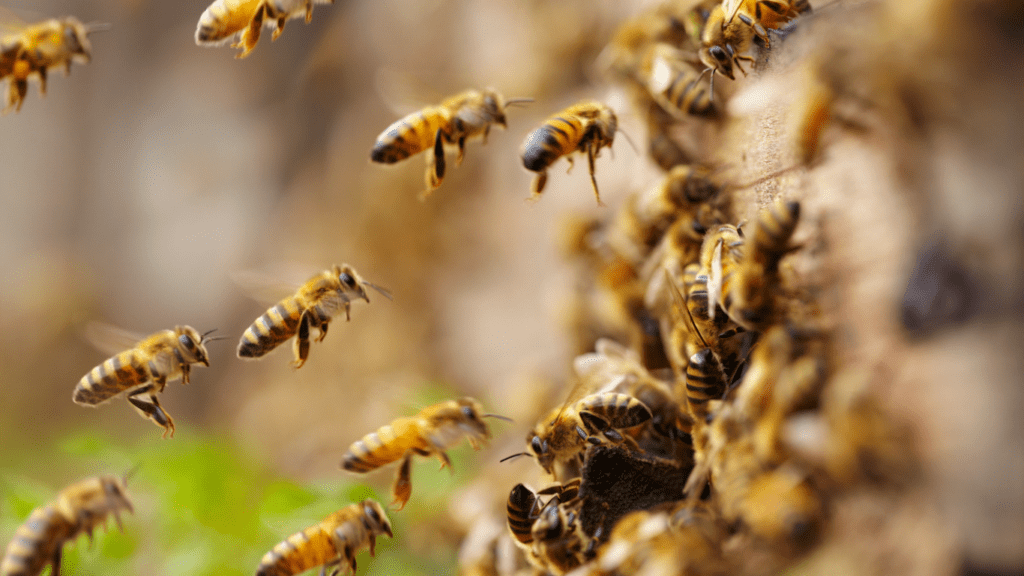
The ABCs of Bees: A Beginner’s Guide to Understanding Bee Basics
Bees are incredible creatures that have been buzzing around for millions of years, playing a vital role in our ecosystem. From pollinating flowers to producing delicious honey, bees are an integral part of our natural world. If you’re new to the world of bees and want to unravel the secrets
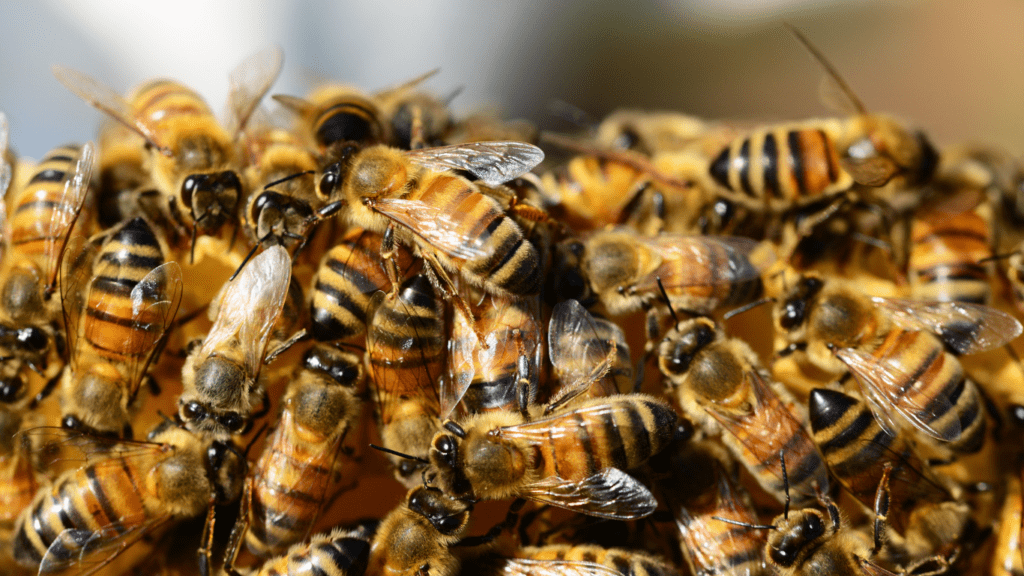
The Secret Life of Bees: Unraveling the Intricacies of Bee Behavior
Bees, with their intricate social structure and fascinating behaviors, lead a secret life that is both awe-inspiring and complex. As we delve into the hidden world of bees, we uncover a realm of communication, cooperation, and efficiency that is vital to their survival and our ecosystem. In this blog, we
